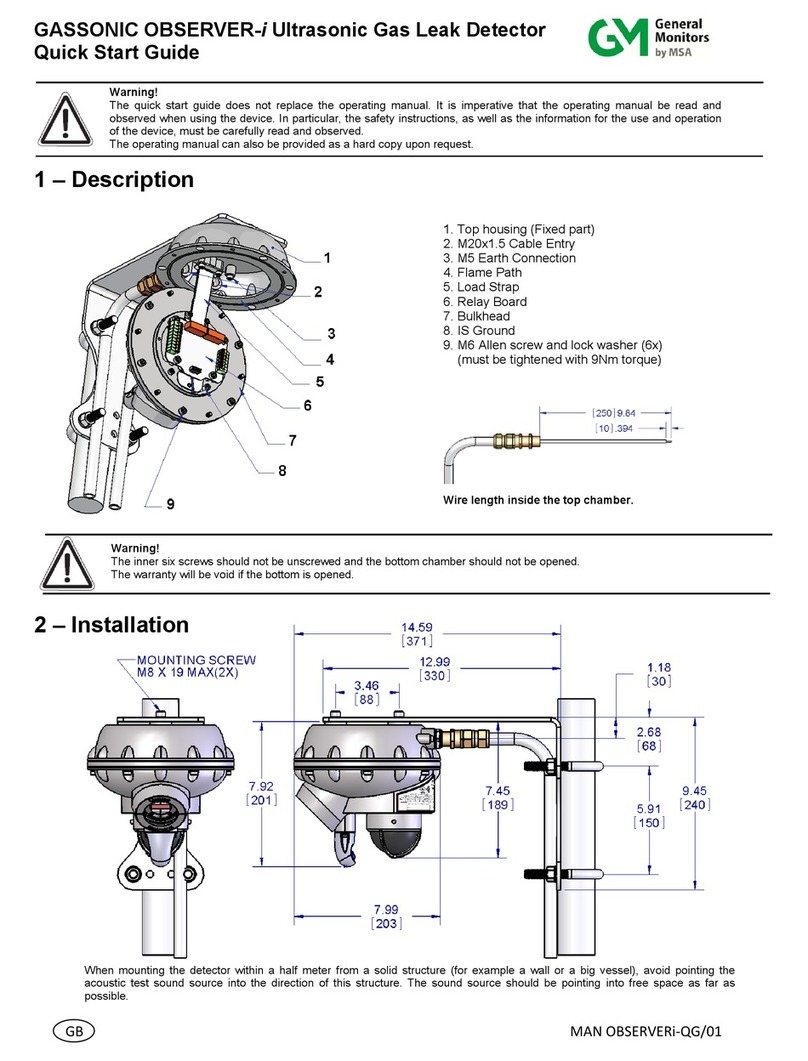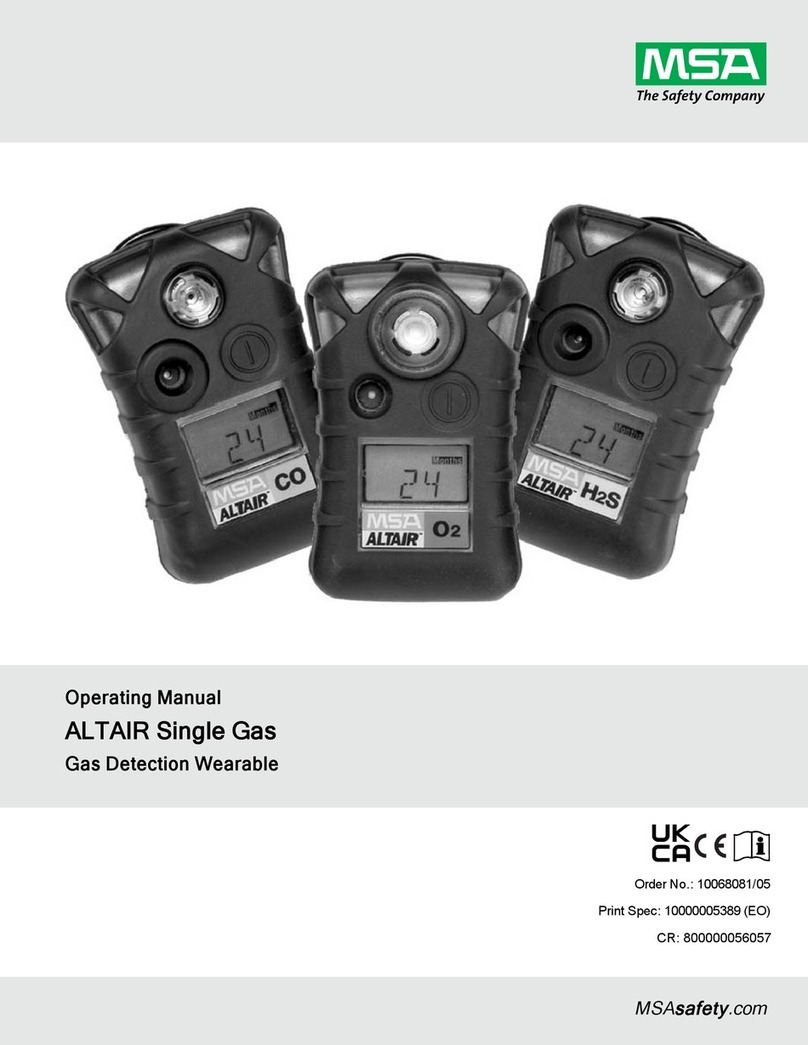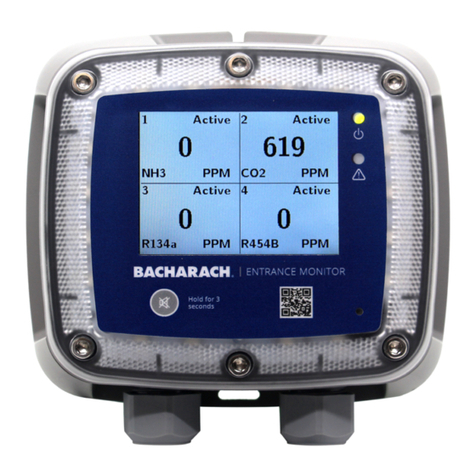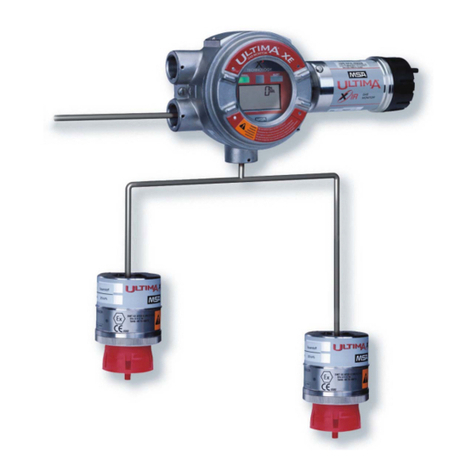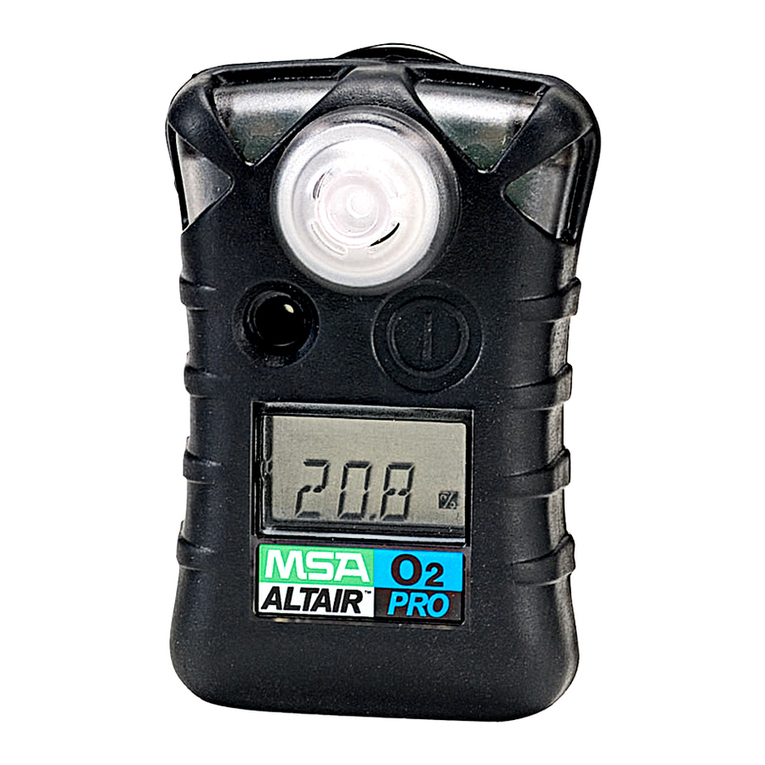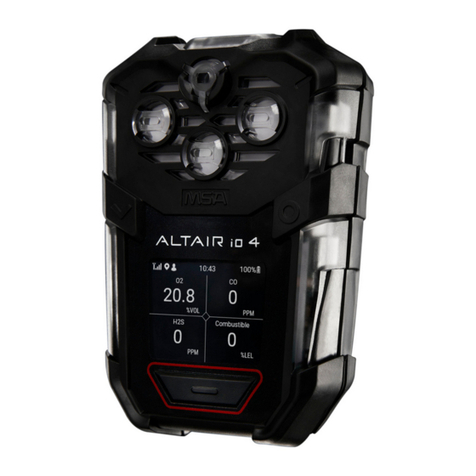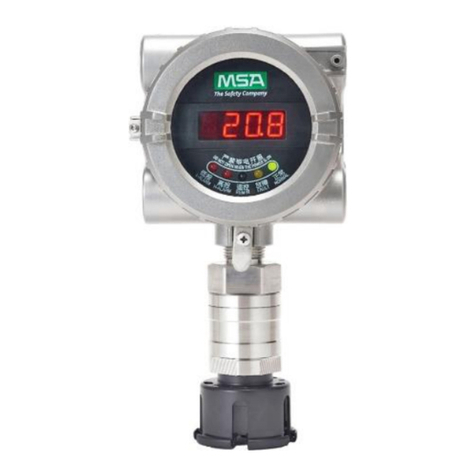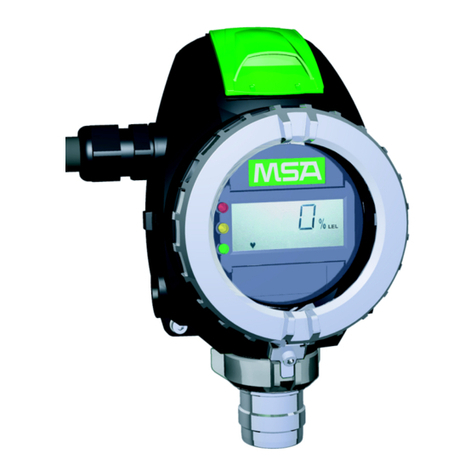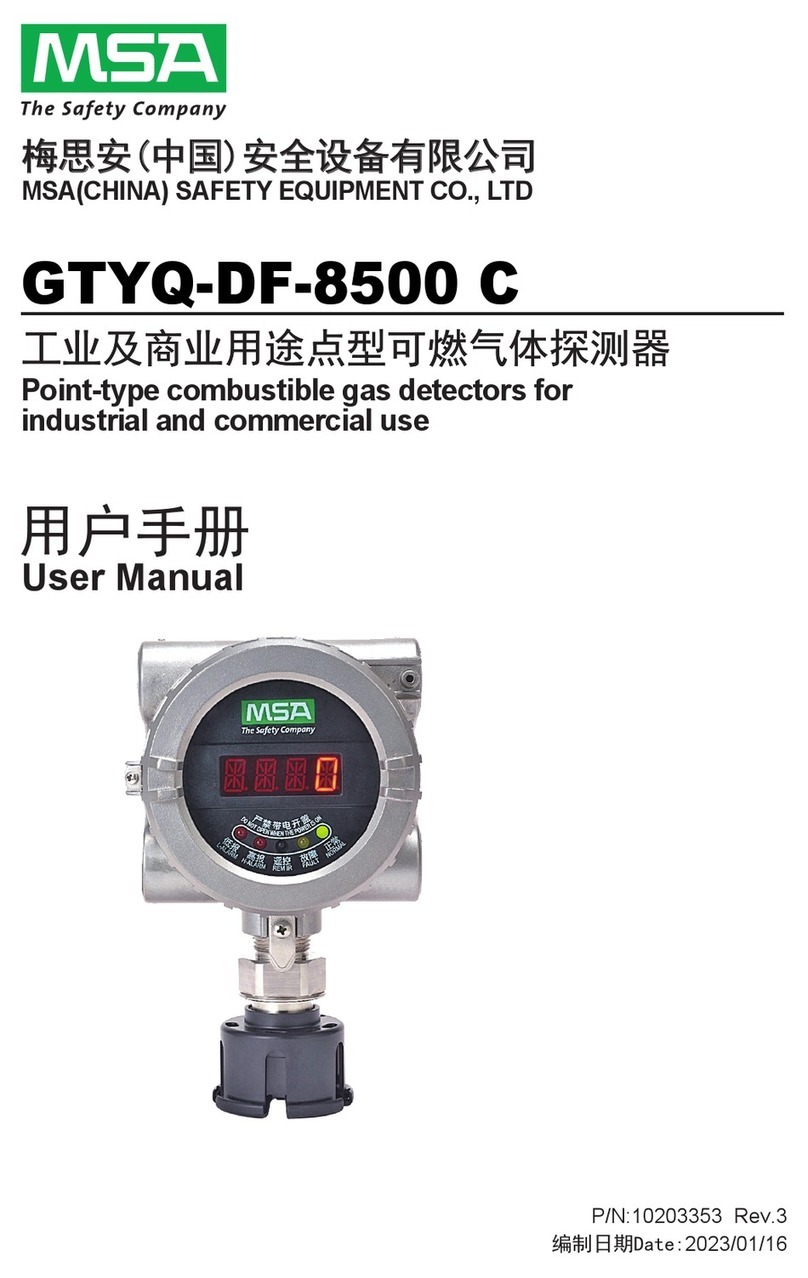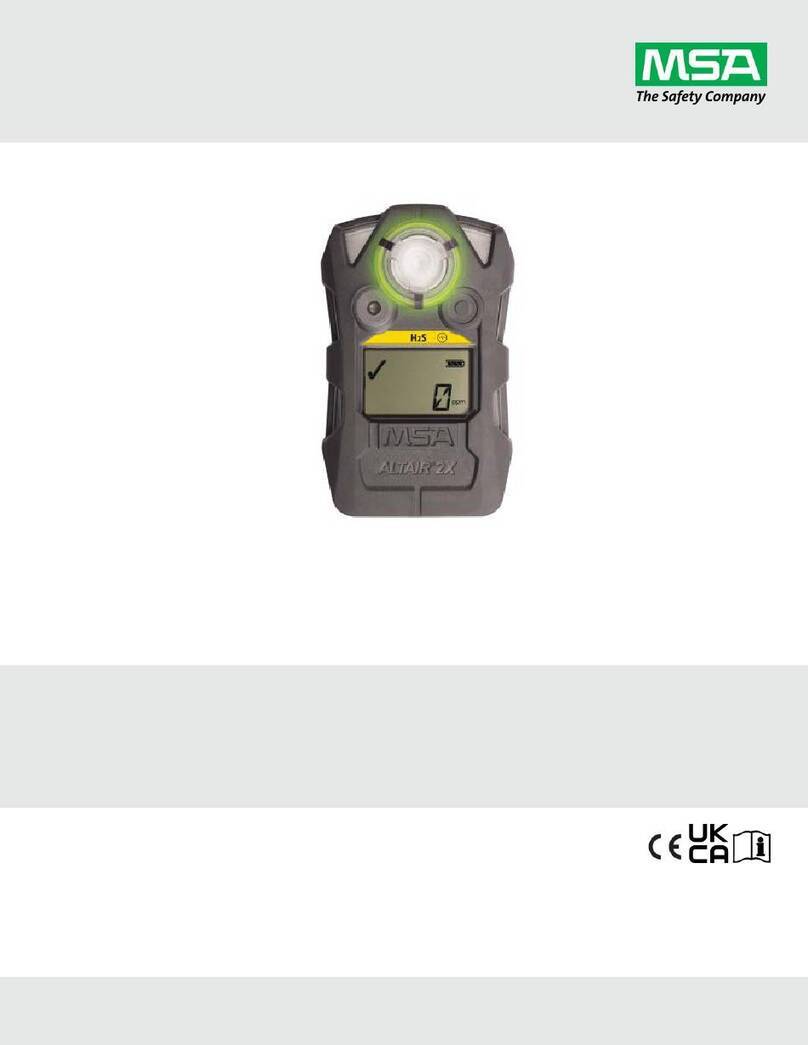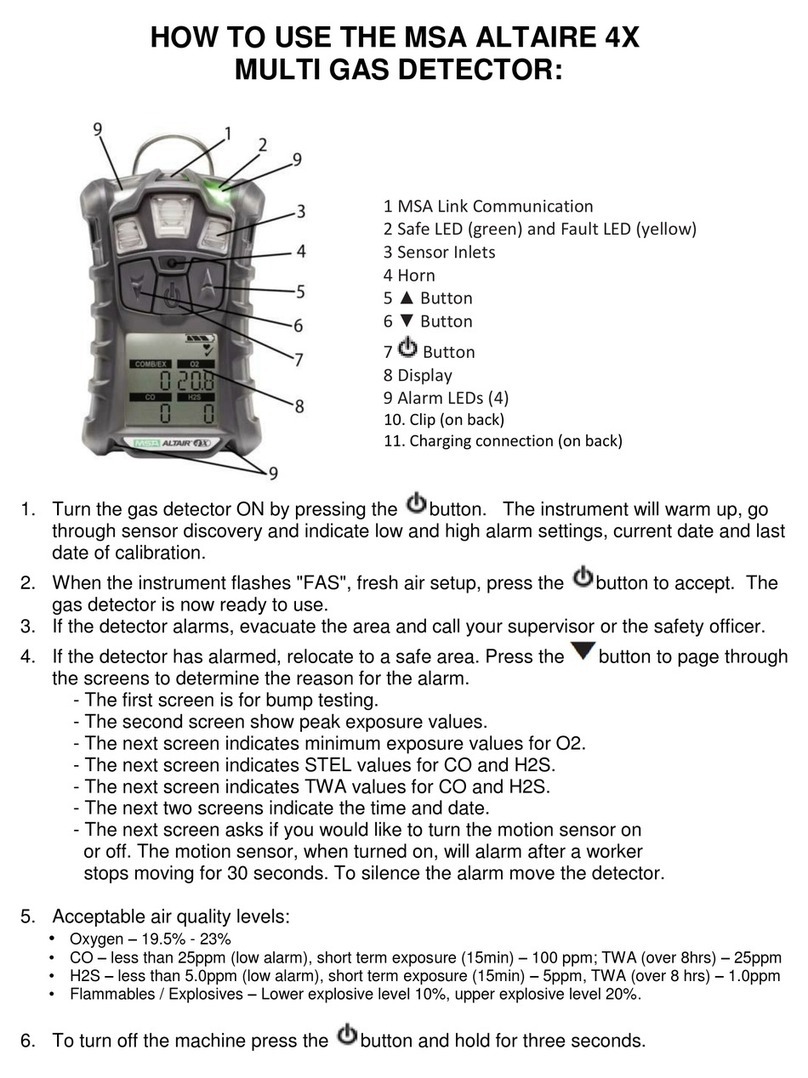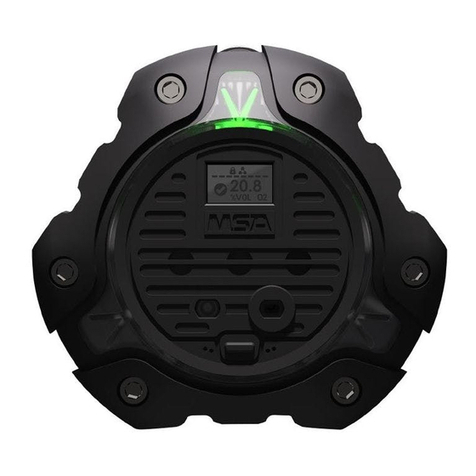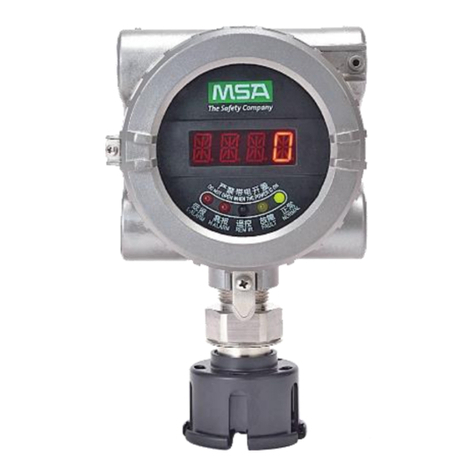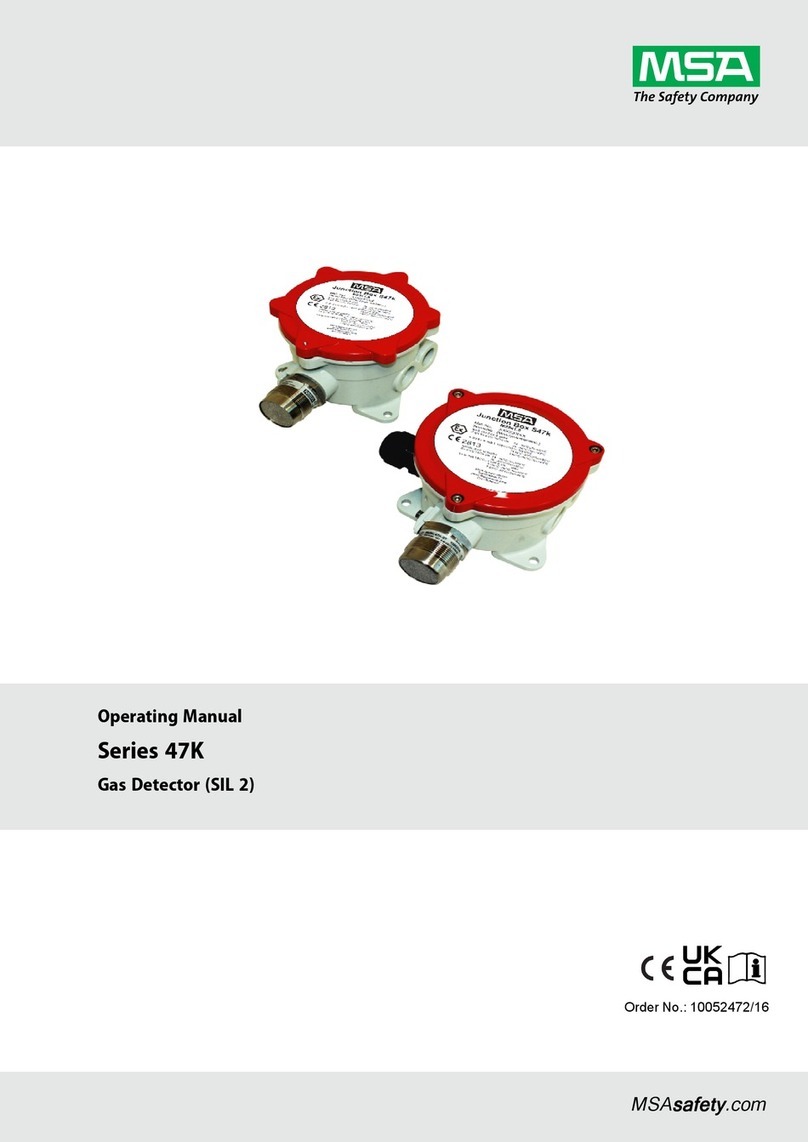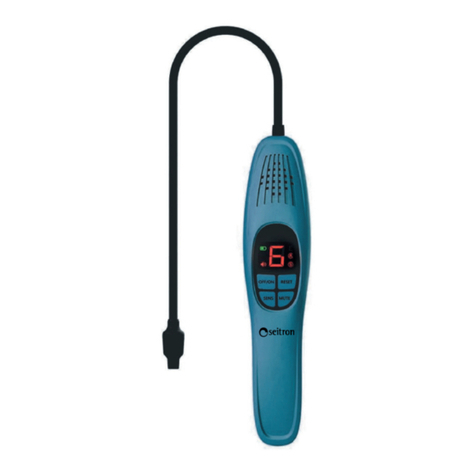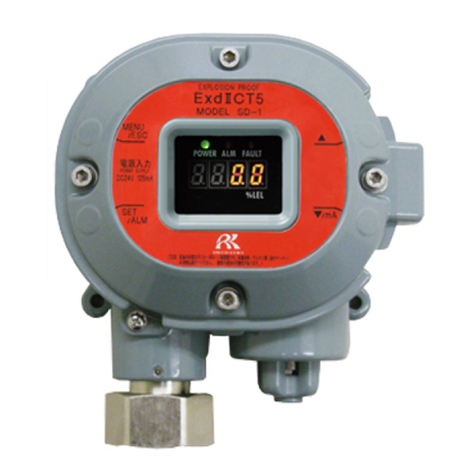
3
Contents
1 Safety Regulations ..................................................................................................................................... 5
1.1 Correct Use....................................................................................................................................... 5
1.2 Product Warranty .............................................................................................................................. 6
2 Description ................................................................................................................................................. 7
2.1 Display .............................................................................................................................................. 7
2.2 No Tool Interface .............................................................................................................................. 8
2.3 Bluetooth
®
Wireless Technology ...................................................................................................... 8
2.4 Dual Sensing .................................................................................................................................... 8
2.5 XCell Sensors Optimized for Fixed Gas Applications ....................................................................... 9
2.6 TruCal Sensing Technology for CO and H
2
S Electrochemical Sensors ........................................... 9
2.7 SafeSwap ....................................................................................................................................... 10
2.8 Housing .......................................................................................................................................... 10
2.9 Label Overview ............................................................................................................................... 11
3 Installation ................................................................................................................................................ 13
3.1 Installation Warnings - Read before Installation .............................................................................. 14
3.2 Product Installation Check List ........................................................................................................ 14
3.3 Mounting ......................................................................................................................................... 15
3.3.1 Remote Sensor Mounting Location ................................................................................................. 15
3.3.2 TG5000 Mounting Location ............................................................................................................ 15
3.3.3 Remote Sensor Orientation ............................................................................................................ 16
3.3.4 Connecting Sensor to Transmitter Housing or Remote Junction Box ............................................. 17
3.3.5 Integrated Mounting Points ............................................................................................................. 19
3.3.6 Installing a Remote Sensor Junction Box ....................................................................................... 20
3.3.7 2” (50.8 mm) Pipe Mount ................................................................................................................ 21
3.3.8 Adjustable Pipe Mount .................................................................................................................... 21
3.3.9 Duct Mount ..................................................................................................................................... 22
3.3.10 Mounting with an SM5000 Sampling Module .................................................................................. 23
3.4 Electrical Power Connections ......................................................................................................... 24
3.4.1 Electrical Warnings – Read before Connecting Power ................................................................... 24
3.4.2 Electrical Hardware Requirements ................................................................................................. 25
3.4.3 Instructions for Power and Analog Output ...................................................................................... 26
3.4.4 Relay and Power Connections ....................................................................................................... 29
3.5 Internal Power Supply ..................................................................................................................... 31
4 Operation .................................................................................................................................................. 32
4.1 Startup ............................................................................................................................................ 32
4.1.1 Initial Startup ................................................................................................................................... 32
4.1.2 Sensor Warm Up Times ................................................................................................................. 32
4.2 Settings ........................................................................................................................................... 33
4.2.1 Instrument Settings ......................................................................................................................... 34
4.2.2 Sensor Settings .............................................................................................................................. 42
4.3 Status Menu ................................................................................................................................... 49
4.3.1 Life and Health - XCell H
2
S and CO Sensors with TruCal Only ...................................................... 49
US
